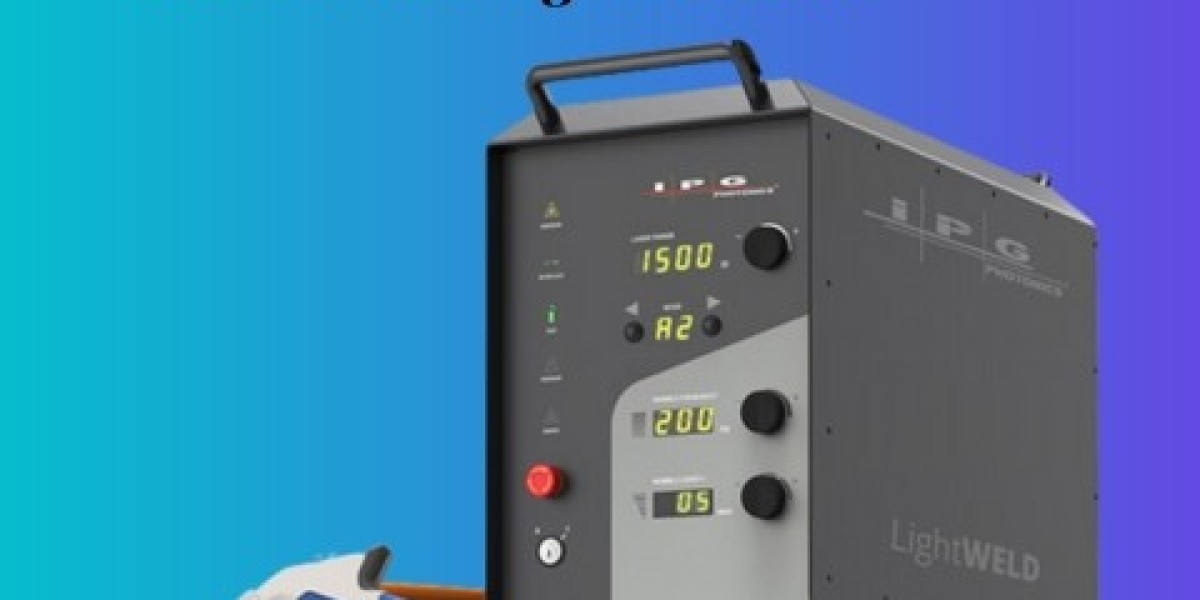In today’s competitive manufacturing landscape, precision, speed, and cost-efficiency make all the difference. As industries evolve, so do their tooling demands — and one of the rising stars in advanced joining is the hand held metal laser welding machine. In this article, we’ll explore how this class of laser welder is revolutionizing metal repair, prototyping, and fabrication, and why LaserChina is uniquely positioned to deliver cutting-edge solutions in the B2B space.
What Makes the Hand Held Metal Laser Welding Machine Game-Changing?
The hand held metal laser welding machine bridges flexibility and performance. Unlike stationary welding jigs or bulk welding stations, a handheld device enables operators to reach tight geometries, perform on-site repairs, and reduce fixturing costs. Key advantages include:
Versatility across metal types (steel, stainless, copper, aluminum, titanium)
Minimal heat-affected zones and distortion, thanks to precise laser delivery
Portability and ease of use for on-site maintenance or small batches
High repeatability and clean weld seams, suitable for demanding fabrication and repair
These benefits make a handheld laser welder an attractive investment for industrial clients in aerospace, automotive, mold repair, electronics, and more.
Choosing the Right Hand Held Metal Laser Welding Machine: Specifications That Matter
Laser Power and Peak Pulse Capability
One of the pivotal parameters is the available wattage and pulse mode. A more powerful system can handle thicker sections, while a high-peak pulse mode helps with delicate or dissimilar metal welds. LaserChina’s product lines include both continuous wave and QCW (pulsed) models, which suit various welding scenarios.
Beam Quality and Spot Size
A high beam quality (low M²) and tight spot diameter allow for deeper penetration and fine weld control. For precision work, minimizing spot size enhances weld accuracy and reduces collateral heat.
Cooling & Duty Cycle
Since handheld operation often pushes continuous or frequent usage, having effective cooling (air or water) and a high duty cycle becomes critical. LaserChina offers both air-cooled and water-cooled handheld models to match client workflows.
Control Interface & Software Integration
Ease of programming, dynamic power control, and compatibility with automation frameworks are differentiators. Many of LaserChina’s systems provide user-friendly interfaces, optional CNC/robotic interfaces, and remote monitoring capabilities.
Typical Applications & Benefits in Industrial Use
1. On-Site Repair & Maintenance
Whether fixing oil rigs, heavy machinery, or molds at remote sites, a hand held metal laser welding machine offers portability and precision. Instead of shipping parts back to a central workshop, clients can perform weld repairs in situ, shortening turnaround time.
2. Prototyping & R&D
Small batches frequently require joining complex or custom parts. With handheld laser welding, engineers can iterate rapidly without designing custom fixtures, enabling agile product development.
3. Mold & Tool Restoration
In mold repair, crack repair, or surface rebuilding, the minimal HAZ offered by laser welding helps preserve mold tolerances. LaserChina’s machines are already used in mold repair sectors to restore cavities, polish surfaces, or reinforce margins.
4. Thin Sheet Welding & Micro Fabrication
For electronics, battery components, or sensor assembly, controlling heat input is essential. The hand held metal laser welding machine allows fine, localized welds with minimal thermal spread — ideal for joining thin foil, tab, or small structural elements.
5. Dissimilar Metal & Overlay Work
Because laser welding can concentrate energy in a controlled manner, joining dissimilar metals (e.g. nickel to stainless, copper to aluminum) becomes more feasible. Some setups use filler wires or powders, and preheating schemes to assist. LaserChina supports tailored solution consultancy for such complex use cases.
How LaserChina Stands Out in the B2B Laser Welding Market
20+ Years’ Laser Experience & Global Reach
LaserChina has built credibility across 70+ countries and over 2,000 partners, developing not just standalone machines but holistic laser ecosystems.Full Laser Ecosystem Support
Beyond manufacturing the hand held metal laser welding machine, LaserChina offers supporting parts (optics, nozzles, controllers, cooling units) and after-sales service — reducing sourcing complexity for clients.Custom Engineering & Integration Services
Understanding that many B2B clients require OEM or integrated systems, LaserChina collaborates on customizing control protocols, interfacing with robots or CNC platforms, or embedding the handheld welder into wider production lines.Quality Assurance & Certifications
With ISO9001 certification and compliance with CE, RoHS, and laser safety standards, LaserChina offers machines that satisfy both technical performance and regulatory demands.Cost Efficiency & Warranty Backing
Because LaserChina manufactures at volume and controls its supply chain, it delivers competitive pricing. The added warranty support and localized repair centers further mitigate client risk.
Key Considerations for Procurement & Deployment
Operator Training & Safety
Laser welding, especially handheld, demands trained operators. Proper laser safety eyewear, controlled environments, and training are nonnegotiable. Many B2B clients partner with LaserChina to conduct training sessions upon delivery.
Consumables & Maintenance
Optics, nozzles, and cooling elements will require periodic checking or replacement. Establishing a local supply chain for these consumables helps maximize uptime.
Fixture Design Guidance
While handheld operation reduces fixture demands, consistent clamping and part positioning still matter. LaserChina often supplies recommended fixture layouts or alignment aids for optimal results.
Environmental Control
Dust, fumes, and ambient vibration can influence weld quality. Ensuring proper fume extraction and part cleanliness will help the hand held metal laser welding machine perform optimally over time.
Scalability & Future Proofing
Clients should select models or modular designs that allow future upgrades (higher peak power, different welding heads, additional automation) rather than locking into static systems.
Final Thoughts
In the evolving landscape of metal fabrication and repair, the hand held metal laser welding machine emerges as a pivotal tool for precision, agility, and cost control. For industrial buyers and OEMs seeking a trusted partner, LaserChina brings more than just hardware — it delivers a full laser ecosystem, global service support, and a 20-year track record of excellence.


